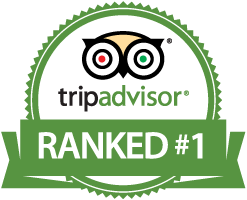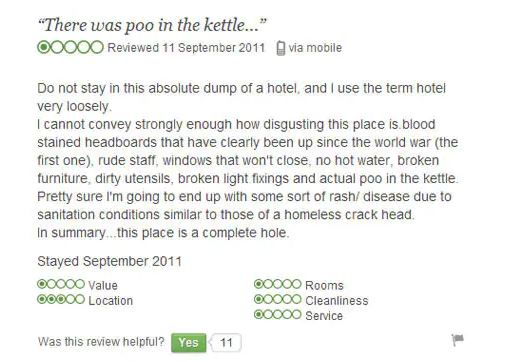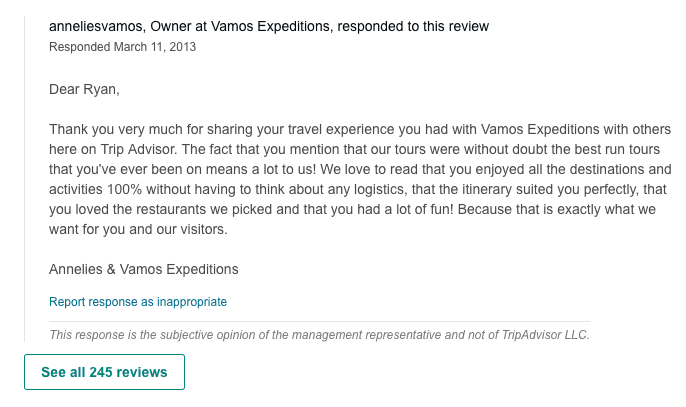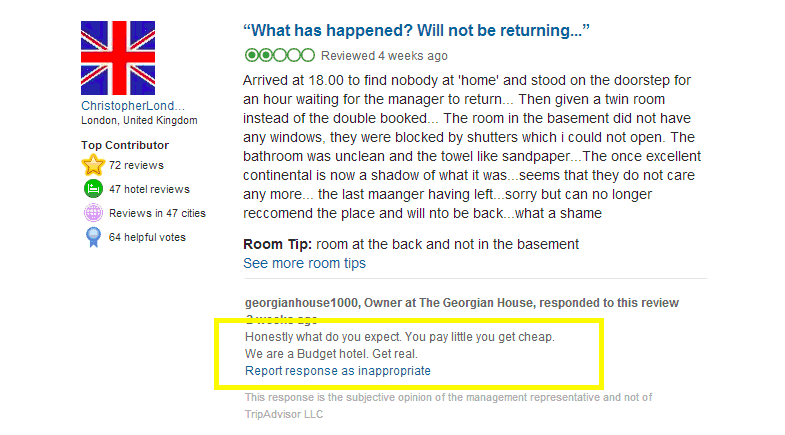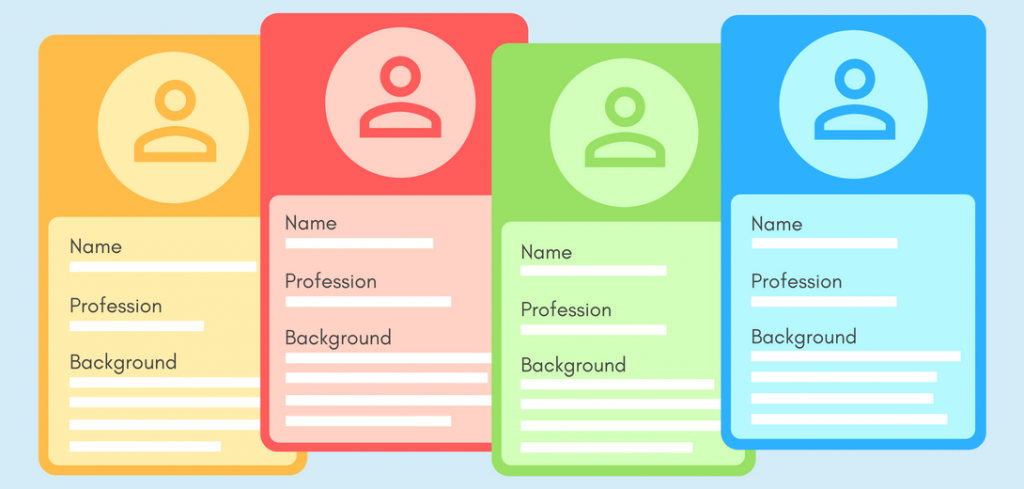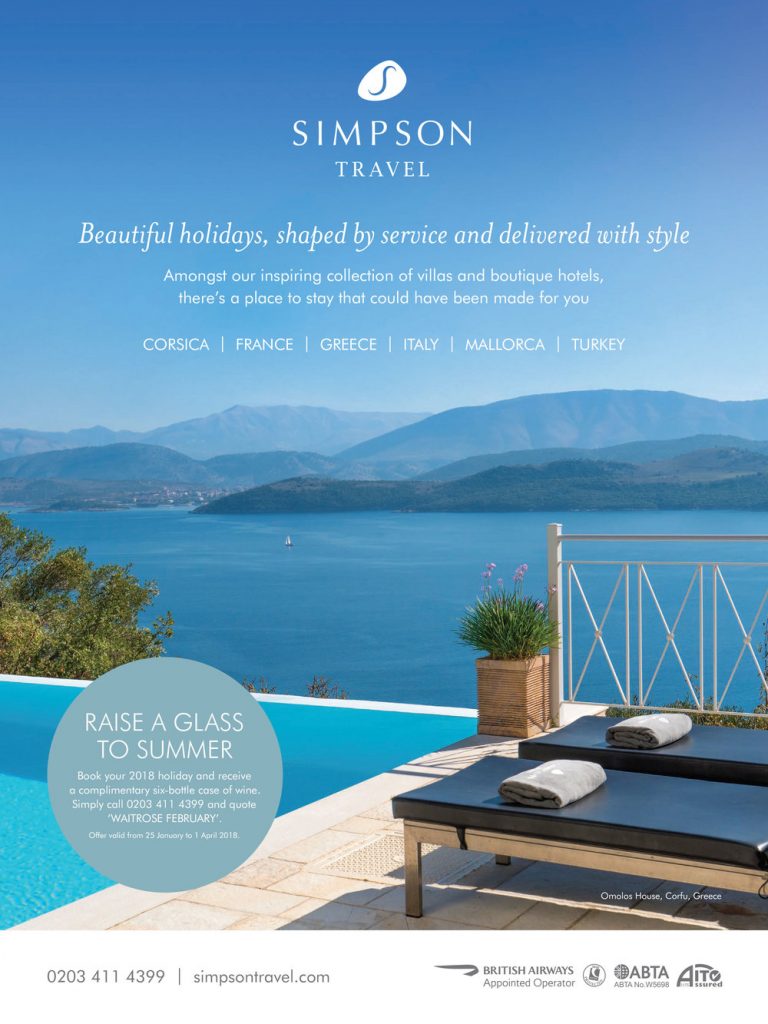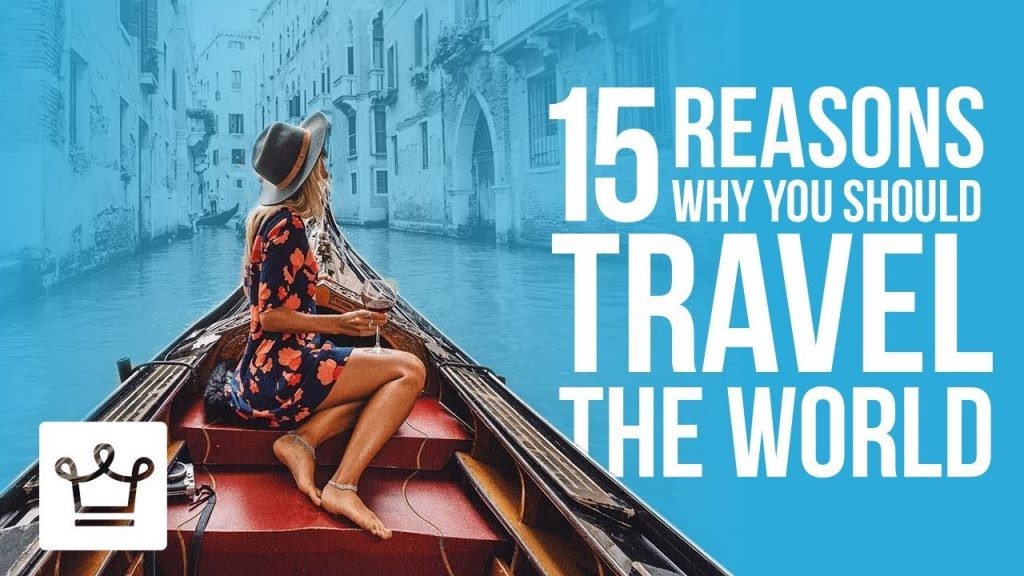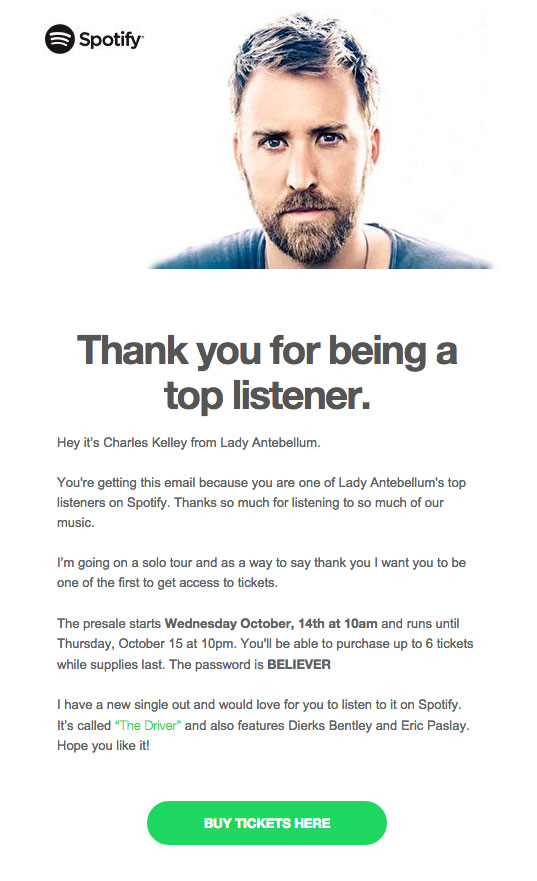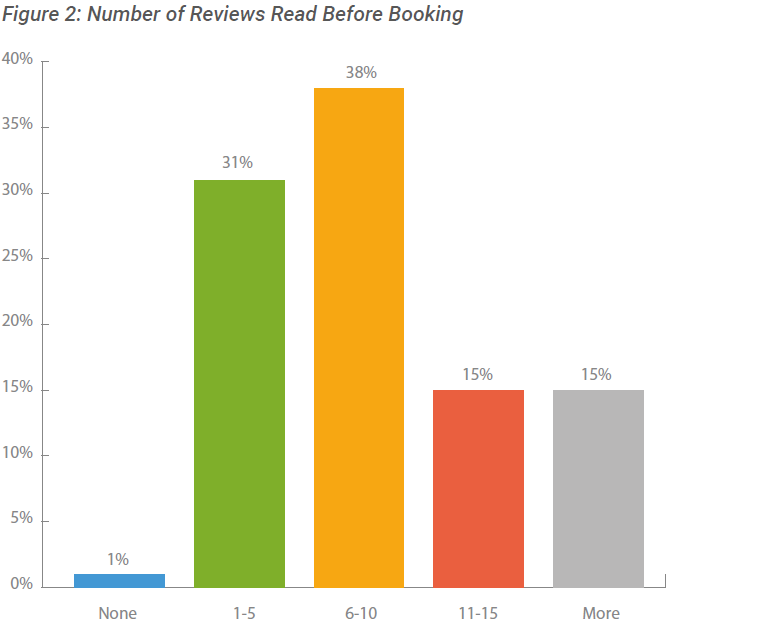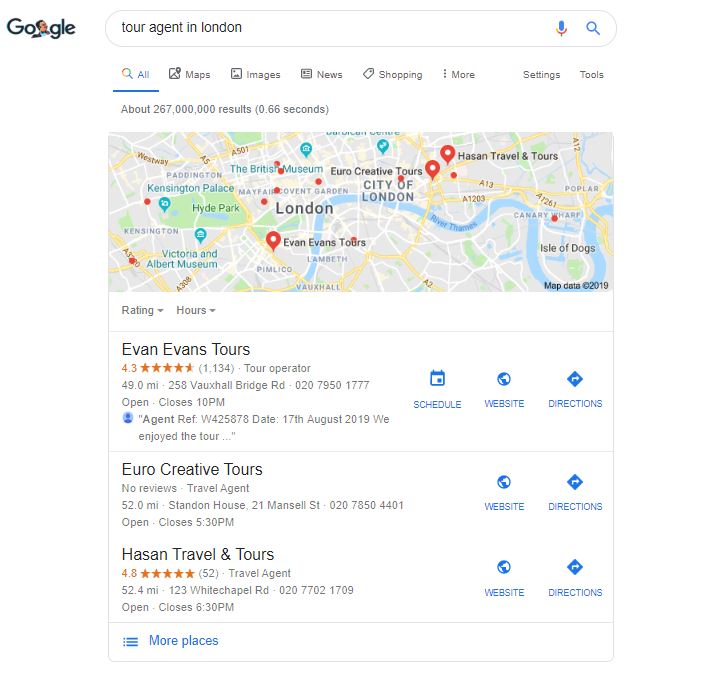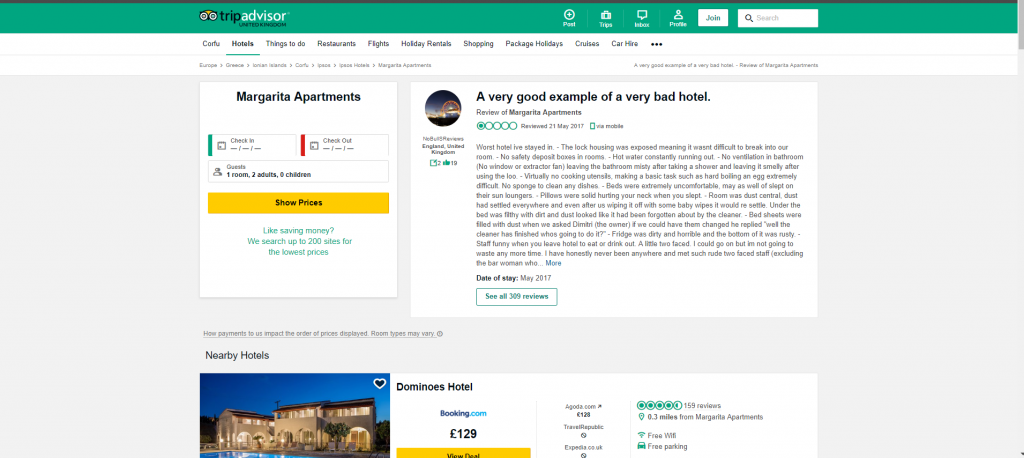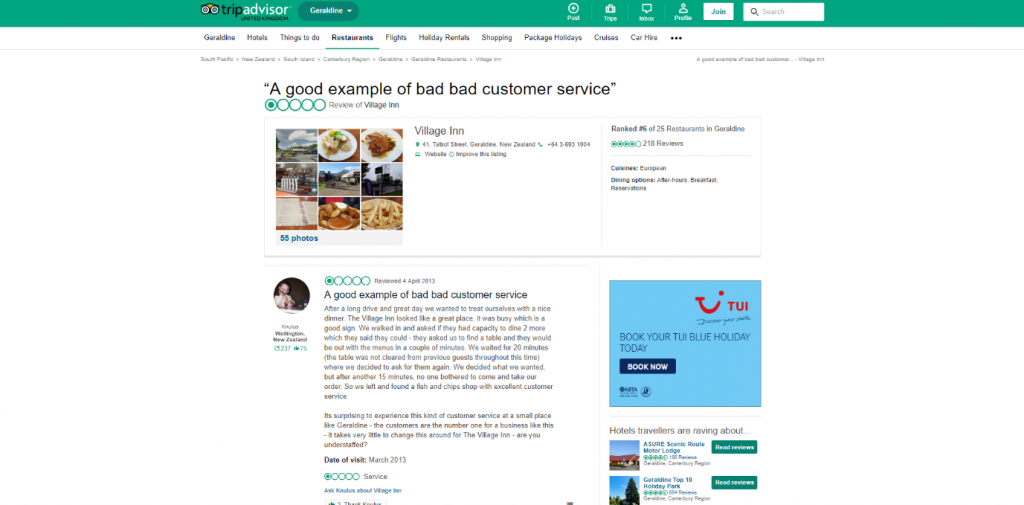TripAdvisor has revolutionised how we travel and has disrupted the travel industry in a way which was unimaginable a few decades ago.
Before the era of the internet, there was no way to know before you travelled about the quality of service provided by a hotel or resort. Except for the word of the company selling you the holiday!
TripAdvisor changed this and made travel research more accessible by providing an open platform for reviewing and rating travel businesses.
It was among the first sites launched to help travellers research and plan their holidays and is now visited by 500 million unique visitors in a month.
The site is ranked #1 for travel and tourism sites and #163 of all websites globally.
There are more than 1.2 million hotels listed on TripAdvisor, along with 136,000 destinations. The site had 730 million reviews (at January 2019) and has a database of 4.9 million restaurants.
Almost 77% of travellers use TripAdvisor for planning their travel and primarily conduct pre-transaction (booking) research.
According to a study conducted by TripAdvisor in partnership with Oxford Economics, TripAdvisor influenced 10.3% of global travel spend worth $546 billion in 2017.
Other studies suggest that TripAdvisor can now affect the tourism industries of entire countries.
These stats speak for themselves, and no modern travel business can thrive without managing their reputation on TripAdvisor.
In this article, we will discuss the factors which influence a business’ ranking on TripAdvisor and will also share some tips to improve your rank on TripAdvisor.
Your TripAdvisor Ranking
TripAdvisor allows users to post reviews of travel businesses, and it then ranks each business based on several factors.
TripAdvisor’s popularity ranking algorithm usually considers three factors (quantity, quality, and recency of reviews) to determine the ranking of a business on TripAdvisor.
Quantity of Reviews
Quantity of reviews means the total number of reviews which a business has. More popular travel businesses will have a higher number of reviews left by customers.
TripAdvisor considers the overall quantity of reviews to calculate the size of the business and the local rank.
Quality of Reviews
Quality of reviews refers to how highly visitors rate a travel establishment. 5-star reviews are better than 3.5 stars. Simple.
Having more top-quality reviews signals TripAdvisor that your business provides exceptional quality service and is better than other competitors in the area.
Recency of Reviews
TripAdvisor aims to provide an accurate picture of the quality of service and customer experience at a business.
TripAdvisor’s algorithm is designed to give more weight to recent reviews, where older reviews don’t affect the TripAdvisor ranking of a business as much.
This aims to provide a level playing field to new travel businesses who may not have a history of reviews.
Tips for Ranking Higher on TripAdvisor
Successful travel businesses have discovered that some simple things are the most effective when it comes to improving your TripAdvisor ranking.
Providing exceptional service
This must be your priority as companies can no longer provide shoddy service in the hope that it goes unnoticed.
Customers now have the option to review a their hotel or holiday from their smartphones in just a few clicks.
Unsatisfied customers can easily leave a negative review for the whole World to see!
Let’s hope yours isn’t quite that bad! 😉
Do your best in terms of customer service. Going the extra mile when possible will undoubtedly help you where customer reviews are concerned.
Ask your customers to review you on TripAdvisor
Many businesses use banners in emails and other customer communication to ask their customers to review them directly on the site.

You can also adopt a similar approach offline and include Trip Advisor in your promotional literature.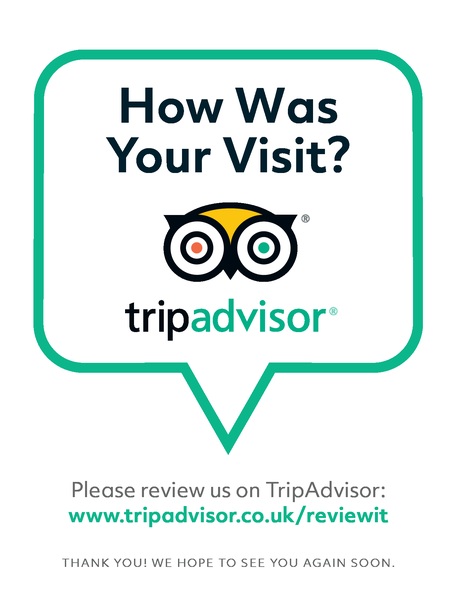
These methods, and asking in person, remind your customers to leave a positive review for you on TripAdvisor.
Respond to all the reviews left by your customers
This is irrespective of whether it’s a positive or negative review!
Almost 57% of users say that they are more likely to book a hotel if the management has responded to reviews of previous customers.
Responding to reviews shows to your prospective customers that you care about them and are mindful of your reputation.
A well-informed and well-written reply to a negative comment can be more beneficial to your brand than a positive review.
Display your successes
The Trip Advisor Certificate of Excellence is an important symbol of your service quality.
Use this…
on your website,
in your email footer,
in your marketing newsletter,
in your reception area,
in your flyers and brochure,
in your Facebook cover image,
on your show stand,
Everywhere you can!
How to Respond to Reviews
Personalise
It’s essential to provide a customised response to each positive review on TripAdvisor.
Nothing turns off a customer more than a mechanical template-based response.
You must respond to all the reviews as a person and not as a business as this will allow you to build a connection with the reviewer.
Always use the name of the customer when replying to a review, and if you possible, mention something positive (or unique) about their experience.
Thank the reviewer
A small thank you goes a long way in building rapport with your customers.
Always thank your customers for giving you a positive review as this can convert them into lifelong brand-ambassadors.
Many business owners forget to thank the customer for a positive review, and this small act portrays them as ungrateful.
Acknowledging a reviewer will show them that you care about your reputation.
Share it on Social Media
You can combine the power of positive testimonials from your clients with the viral nature of social media by sharing positive reviews left by your customers on your social media platforms.
It’s always a good idea to share anything positive about your business across all the social media platforms on which you have a presence.
This is the same for sharing successes with awards and recognition.
How to respond to Negative Reviews
Accept Criticism
Accepting criticism is a hallmark of all great enterprises.
Being able to identify weak points and address shortcomings, is very positive trait.
Many business owners become quite defensive in the face of criticism and try to refute the allegations of bad service (the leading cause of negative reviews).
Never take criticism personally as the customer usually leaves negative reviews due to a poor experience, and this mostly has nothing to do with you as a person.
Well, most of the time…
Try to answer the questions and explain things from your standpoint in a polite manner.
Empathise with the reviewer
A little bit of empathy will go a long way to help resolve your customer’s complaints.
Try to put yourself in your shoes and understand how you’d have felt if you had a similar experience.
Get to the root cause of the issue and empathise with the reviewer for their bad experience.
Travellers often leave negative reviews if the staff has been disrespectful, unhelpful, or if they feel that the service provided was below expectations.
Accept responsibility
If a customer has left a negative review, for a legitimate issue, then it doesn’t matter whether the issue was outside of your control (i.e. a supplier).
The best course of action is to take full responsibility for the situation and apologise promptly.
This will show to your prospective customers that you care about your clients
Many people actively look to review the replies of travel businesses on review platforms before making a purchase.
The customer isn’t always right
Address where you are in the wrong, but you need to take action where the reviews are untrue.
It is important to protect your brand!
Reach out to Trip Advisor for support in getting false accusations removed.
Conclusion
No travel business can afford not to maintain their reputation on TripAdvisor as it is the largest travel site in the world.
The site has an outsized impact on your customer’s travel plans and cannot be overlooked.
It is important to regularly review Trip Advisor, Trust Pilot and Feefo to ensure that your travel business is represented the way you would wish it to be.
With a little bit of effort, you can easily generate better reviews, lift your overall rankings and attract new customers.
Several travel businesses have built their business by managing their ratings, reviews and reputation on TripAdvisor, and you can emulate their success.


